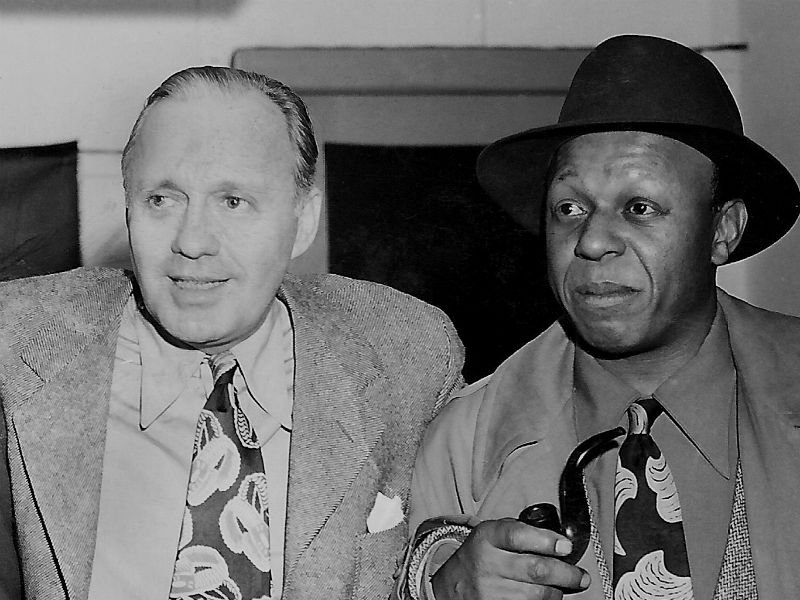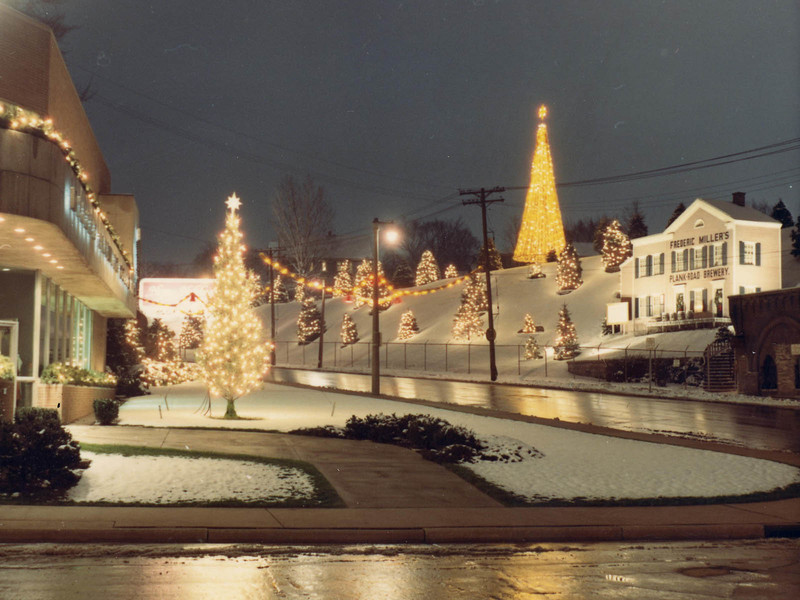When the "America's Got Talent" cross-country tour stops at Milwaukee's Pabst Theatre on Tuesday, Oct. 13, audience members may have no idea they're part of an historic show business genre that began in the years following the Civil War.
The concept of putting together a multi-act program and sending it out on the road was called vaudeville, and the most successful programs contained something that everyone could enjoy. Staying true to that concept, the show "America's Got Talent" has planned for Milwaukee contains dancing, comedy, magic, acrobats and music. And after their show at the Pabst, all of the performers will pack up their gear and head to the next city on the tour.
In an unusual twist, another modern vaudeville show, "The Supernaturalists," also arrives at The Pabst for three shows on Friday and Saturday, Oct. 9 and 10, meaning Milwaukee is going to party like it's 1921 twice in a four-day span.
A Boston impresario named Benjamin Franklin Keith is generally credited with organizing the first successful vaudeville shows in 1883. Keith contracted with a wide variety of acts and scheduled them to play one week in each of his east coast theaters. The success of Keith's shows was not lost lost on his competitors, and within 10 years, troupes of performers criss-crossed the country, filling a vast network of theatre circuits with shows 52 weeks each year.
The extent of vaudeville's appeal is depicted in the 1993 film "Tombstone" during a scene in the city's Birdcage Theatre. A small troupe of traveling performers offers a show that includes music, comedy, Shakespeare's St. Crispin’s Day speech and an interpretive dance based on Faust's bargain with the Devil.
Vaudeville is also the backdrop for the 1942 film "Yankee Doodle Dandy," starring James Cagney. Broadway showman George M. Cohan was born into a traveling vaudeville family, and the film traces him growing up on the road, performing in his family's act from the time he could walk. Ironically, James Cagney was tap dancing in a vaudeville show when he was spotted by Al Jolson, who got him a screen test with Warner Brothers.
Milwaukee had three major venues where the national circuit shows played. The first was the Majestic (1908-1929), located on Wisconsin Avenue near Second. The building is still there today, having been converted into condominiums about 10 years ago. Cagney danced at the Majestic, as did Fred Astaire and his sister, Adele. Harry Houdini became a star there in 1908 when he escaped from a milk can while handcuffed. Jack Benny (performing as Benny Kubelsky) did his violin and comedy sketches on that stage, and the four Marx brothers perfected their split-second timing and rapid-fire gags there long before they became movie stars.

In 1916, the Radio-Keith-Orpheum company (RKO) built a larger theater, the Palace, four blocks up the street. With the major shows now moved to the Palace, the Majestic became a second-run motion picture theater before closing in 1929.
The Palace had a strong, ten-year run hosting shows by Houdini, Mae West and many other performers. But it too was placed on the back burner when RKO opened the 2,500-seat Riverside Theater on Plankinton and Wisconsin Avenues in April of 1928.

By this time, however, most vaudevillians could see that motion pictures were having an impact on their ability to get steady work. The movies had become a low-cost, high-yield form of entertainment and already the most talented vaudeville stars were being wooed away from the stage to work in front of the camera. Consequently, the Riverside was conceived as a stage and screen venue that allowed for a near-seamless transition between each medium. Additionally, the Riverside had the advantage of being equipped for the "all-singing, all-talking" sound movies that had revolutionized the industry a year earlier.
By the end of the 1930s, vaudeville had all but faded from the national entertainment scene while motion picture attendance was in the millions each week. Sharp-eyed moviegoers were sure to notice that the Tin Man, Lion, and Scarecrow in 1939's "The Wizard of Oz" were actually the veteran vaudeville dancers and comedians Jack Haley, Bert Lahr and Ray Bolger.
Other film dancers to come out of vaudeville included Rita Hayworth (of the Dancing Cansinos), Buddy Ebsen, Gene Kelly, Rudolph Valentino, Ginger Rogers and tough guy George Raft. The comedians who came out of the vaudeville days included Burns and Allen, Red Skelton, W.C. Fields, Abbot and Costello, Jimmy Durante, Charlie Chaplin, Bob Hope, and the Three Stooges. And don't forget Fred MacMurray. He started out as a saxophone player!
The essence of vaudeville, with its mix of juggles, ventriloquists, plate-spinners, singers and dancers has never really gone away. In 1948, showman and gossip columnist Ed Sullivan put them on television every Sunday night until the early 1970s. And today, shows like "America's Got Talent," with its eclectic, unpredictable acts, bring that variety of entertainment into the home. Until, that is, they send the best of those acts out on the road ...







